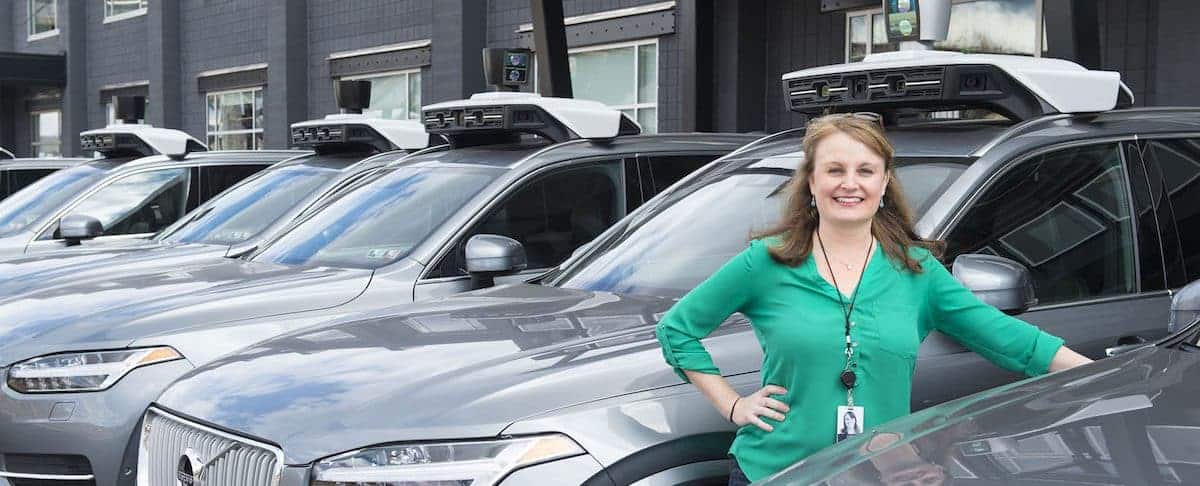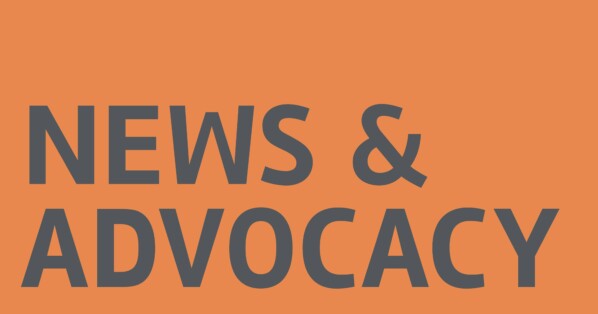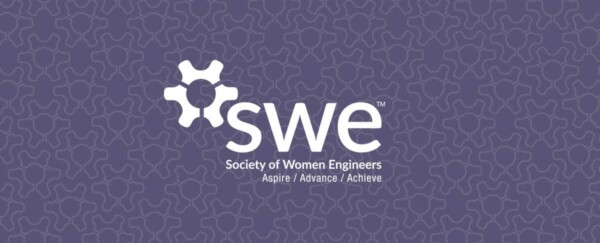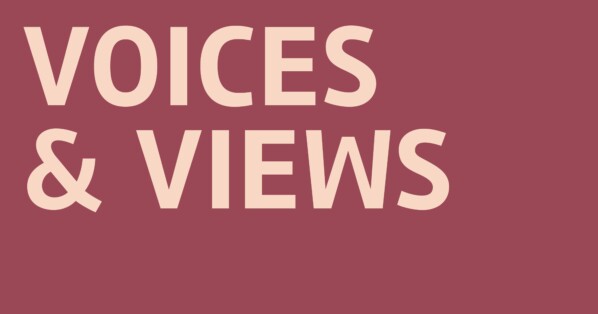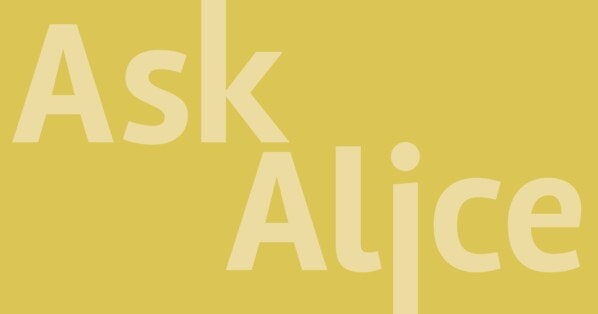During February’s WE Local Pittsburgh conference, attendees may be doing double takes at the sight of a certain white Ford Fusion tooling through the city streets. Transportation networking company Uber’s pilot program is testing its first self-driving cars in the Steel City.
This article by Seabright McCabe was first published in SWE Magazine’s Winter 2017 issue.
“The team calls Pittsburgh the double black diamond of driving,” Chelsea Kohler, senior manager, product communications, Uber Technologies, said. “It’s also a world-class engineering town and an ideal environment for testing our technology.” Indeed, the Pennsylvania city is hilly, has a wide variety of road types, unpredictable weather, and a vast number of bridges.
A handful of Uber’s hybrid Fords are currently collecting mapping data while testing self-driving capability. In self-driving mode, a trained driver is in the driver’s seat, monitoring operations. Passengers book the service through an app, and when seated in the back will be able to direct the car to its destination through a tablet-size interface mounted between the front seats. The technology includes:
- Light detection and ranging (LIDAR) system on the roof for 360-degree scanning of the environment
- Side and rear-facing stereo cameras for continuous view
- Roof- and trunk-mounted antennae for GPS and data connectivity
- Front-, rear-, and wing-mounted LIDAR for close-in objects and blind spots
- Forward-facing camera array
As of this writing, Uber is on track to meet its next goal — rolling out a fleet of 100 custom-designed Volvos before the start of 2017. The cars will have human operators in the front seat for the foreseeable future, and the service is currently available to all Uber riders in the Pittsburgh area.
Julie Derence’s passion for robotics led to her recruitment by Uber: “What they were proposing to do was something I’d never seen before — truly exciting.” Photo by: Uber ATG
UBER ATG
Uber continues to recruit engineers, many of them women, for its Advanced Technologies Group in Pittsburgh. ATG is dedicated to self-driving technologies, mapping, and vehicle safety. ATG’s all-encompassing human experience team focuses on the human/machine interface — and much more.
“It’s a two-fold challenge,” Emily Duff Bartel, product manager, said. “We’re working with engineers that are extremely familiar with autonomous systems and how they operate, and with riders, who are completely new to the experience and technology. We’re developing how to bring them into the car, understand what it’s doing, and reassure them that it’s safe, that it ‘sees’ the people on bicycles or crossing the street.
“We’re in a very new space, trying to figure out what it all means,” Duff Bartel continued. “There’s not a lot of prior ‘art’ like in the film or games industry, where you can refer back to things that worked. The biggest problem is understanding what people want and need. For instance, it’s great we can show them the different obstacles the car detects, but are we doing it in the right color scheme with enough fidelity? Maybe people don’t need to see every spoke on a wheel.
“It’s an interesting problem, because people’s brains jump and draw conclusions to compare with the real world. We need to strike a balance between what they come to on their own and what we need to hand them.”
Software engineer Julie Derence, who works in Uber’s onboard infrastructure team, echoed the thought. “The biggest challenge is finding out what we need, then creating the technology. We started out with a handful of cars, but as the fleet grows, so does the need for vehicle reliability engineers.
Emily Duff Bartel saw a billboard near a Pittsburgh freeway last August that changed her career path. “All it said was, ‘Do you love solving hard problems?’ with the Uber ATG website down in the corner, and that was it for me.” Photo credit: Uber ATG
Uber’s self-driving Ford Fusions are being tested on the streets of Pittsburgh. Photo by: Uber ATG
“Our initial focus was just getting everything up and running,” Derence continued. “As we’re moving from the test environment to the actual product, we’re shifting from development to vehicle reliability engineering. My group now focuses on how to keep these vehicles up and running 24/7.”
In the case of test engineers who spent the most time in the car, there are predescribed test plans. “We’re constantly learning what the test engineers need to know to do their jobs,” Duff Bartel said. “Maybe it’s what the car’s going to do until the next intersection or lane change. Or maybe it’s what the car’s going to do for the next two or three steps ahead.”
Both women are excited about their work. “This product is so innovative — a self-driving fleet that’s amazing in itself,” Derence said. “We’ve seen it work in laboratories and one-off demos, but to actually make that a product is a totally different concept. It takes a different type of engineer to maintain that system.”
Meanwhile, Duff Bartel’s team goes on many test rides, to see, listen, and understand one-on-one. “I think one of our biggest challenges is really understanding the complexities and nuances of everything,” Duff Bartel said. “We have a lot of teams that are very focused on specific areas, things like traffic lights and pedestrians. Our team encompasses everything across the board, and then we relay the intricacies of the different systems back to people who are focused on one specific area.”
MORE THAN A LOCAL PHENOMENON
“I think one of the most surprising things is that people really like this,” Duff Bartel said. “It’s invigorating and reassuring when people are excited about getting in the cars. Now there are people across the country, saying, ‘I’m coming in for vacation and I just want to get in it.’ Or, ‘When’s it coming to my city?’”
Derence agreed. “The debut of the fleet was just great. The energy we get from the public reaction is incredible. They inspire us to push the envelope.”


